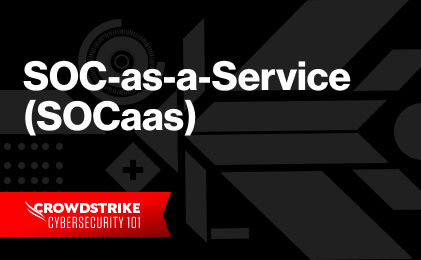Transform SOC with Next-Gen SIEM
Transform SOC with Next-Gen SIEM
At the center of an organization’s cybersecurity efforts is the security operations center (SOC), which continuously monitors, assesses, and defends against cyber threats. As cyberattacks increase in both number and sophistication, the SOC can no longer depend solely on human intervention and action. Automation is critical. It enhances the SOC’s capabilities, enabling faster response times and more efficient threat detection. At the same time, it reduces the burden on human analysts, freeing them up to focus on the more complex aspects of cybersecurity.
In this article, we’ll review the core aspects of SOC automation. We’ll look at how automation elevates SOC efficiency along with the technologies that drive automation. Then, we’ll examine the benefits and challenges of SOC automation. Let’s begin by exploring the fundamentals.
The fundamentals of SOC automation
Automation significantly boosts the efficiency of SOCs by streamlining processes and handling repetitive, manual tasks. Automation not only accelerates threat detection and mitigation but allows SOC teams to focus on more strategic tasks.
The key areas of efficiency enhancement include:
- Threat detection: Working in conjunction with advanced AI algorithms, automation tools can quickly identify potential threats, significantly reducing the time between detection and response.
- Alerts and responses: As routine threats are managed through automated responses, human analysts are freed up to tackle complex security issues.
- Resource allocation: The automation of repetitive tasks enables the SOC staff to concentrate on high-value activities.
- Incident handling: Automation ensures that response procedures are standardized and consistently executed, minimizing errors.
- Threat intelligence: Automation tools can aggregate and analyze data from various sources to provide actionable insights.
By leveraging automation, SOCs can enhance their operational efficiency, improve their threat response capabilities, and better manage the evolving risks presented by cyber threats.



